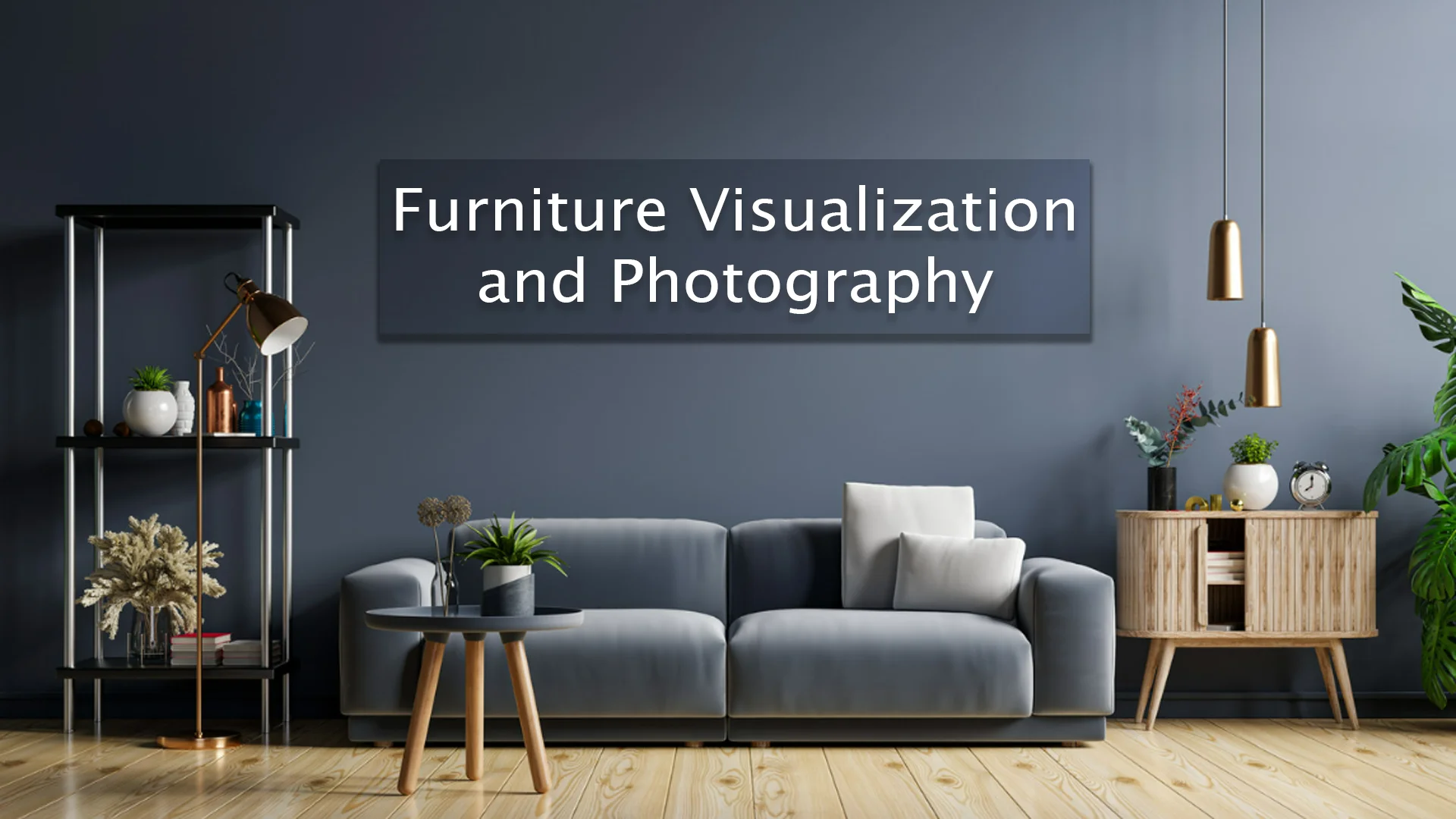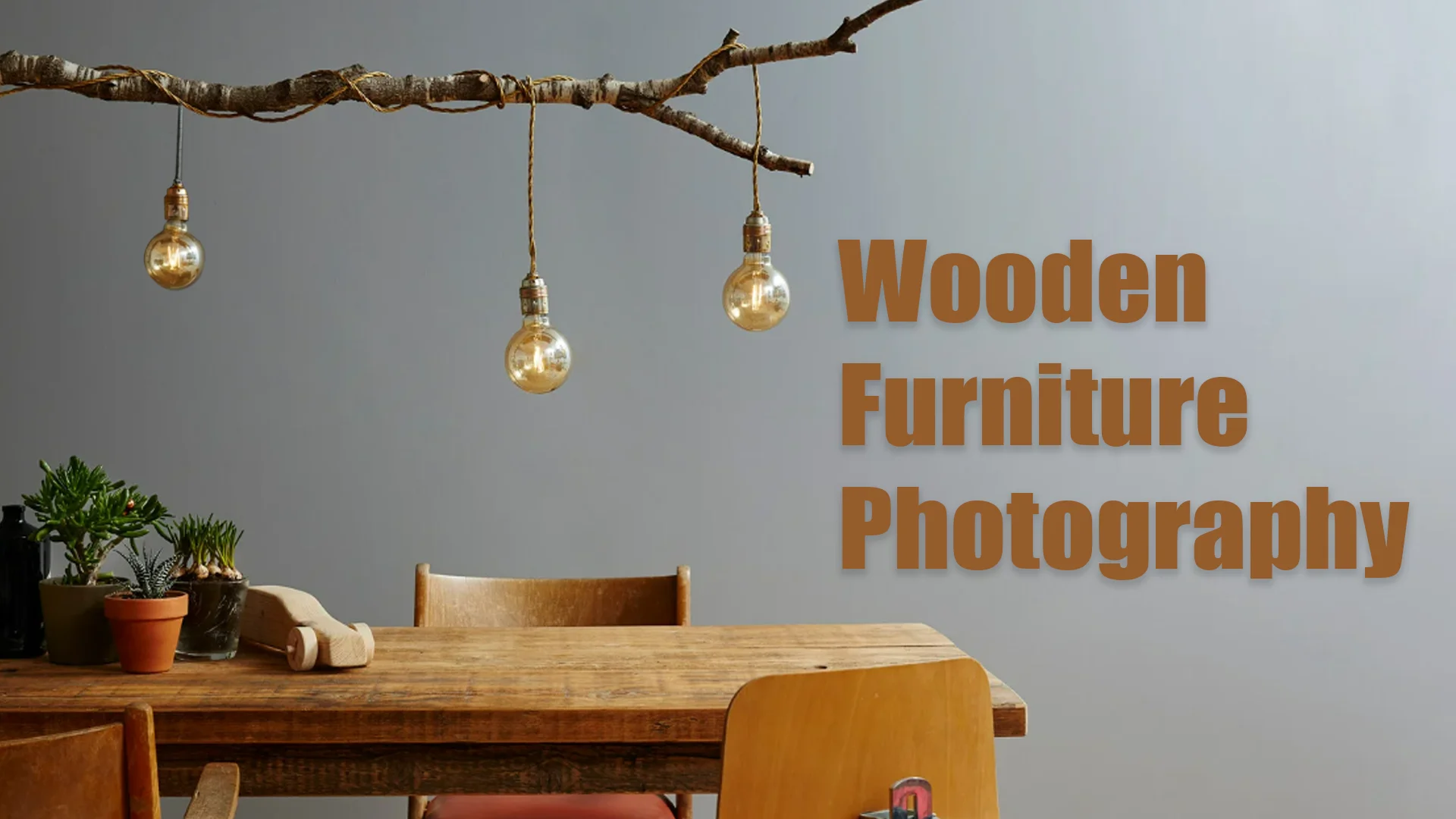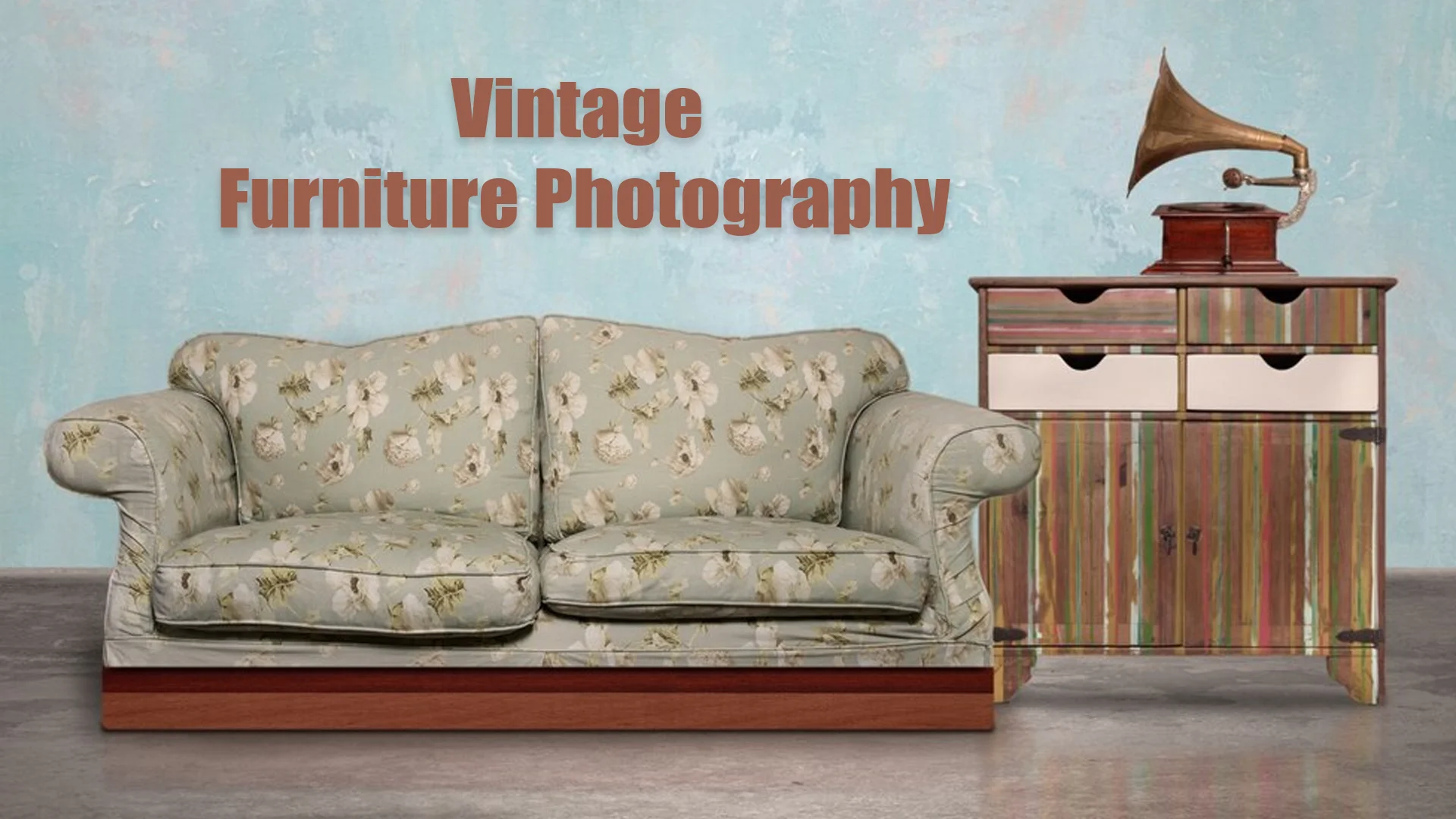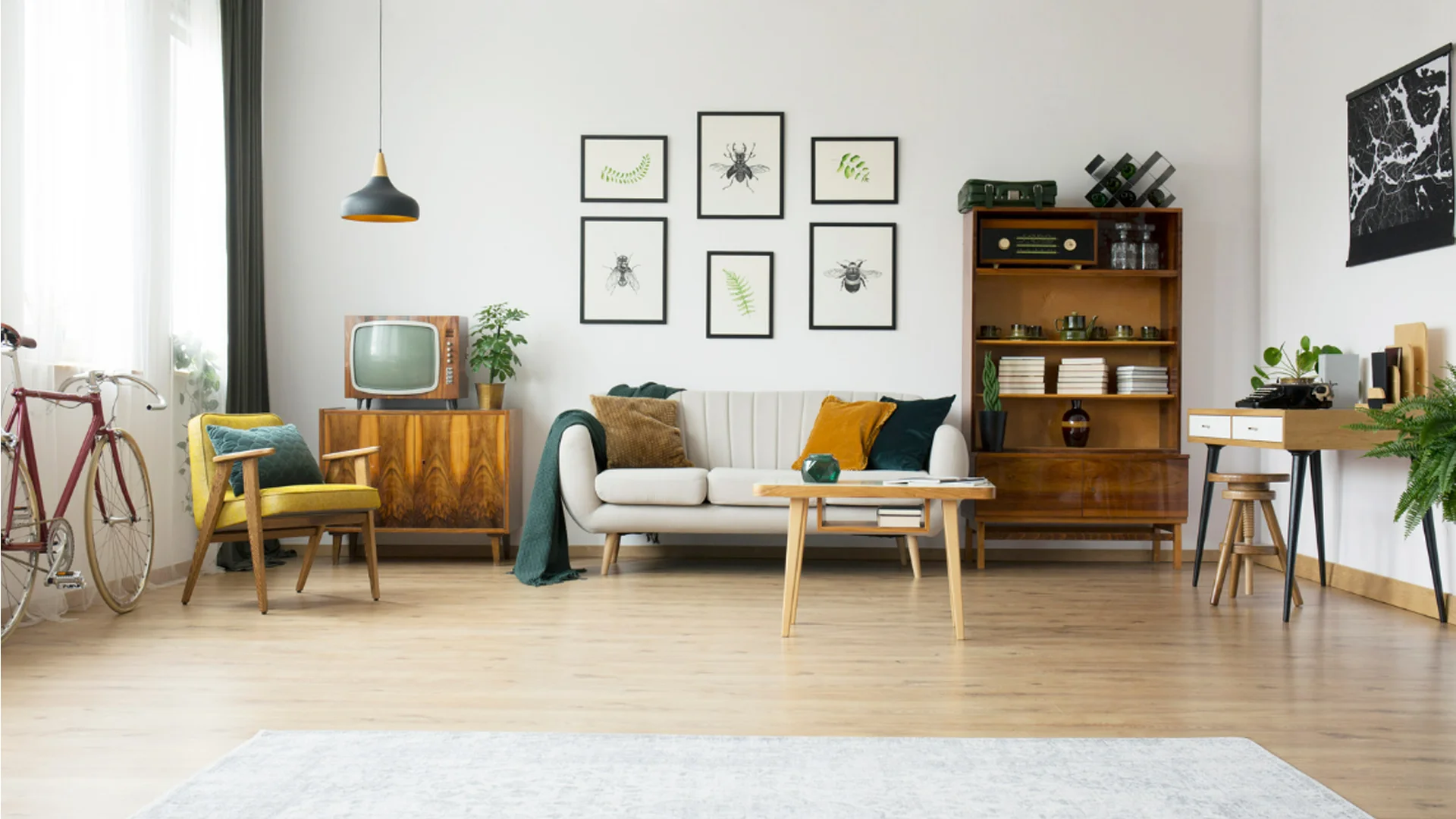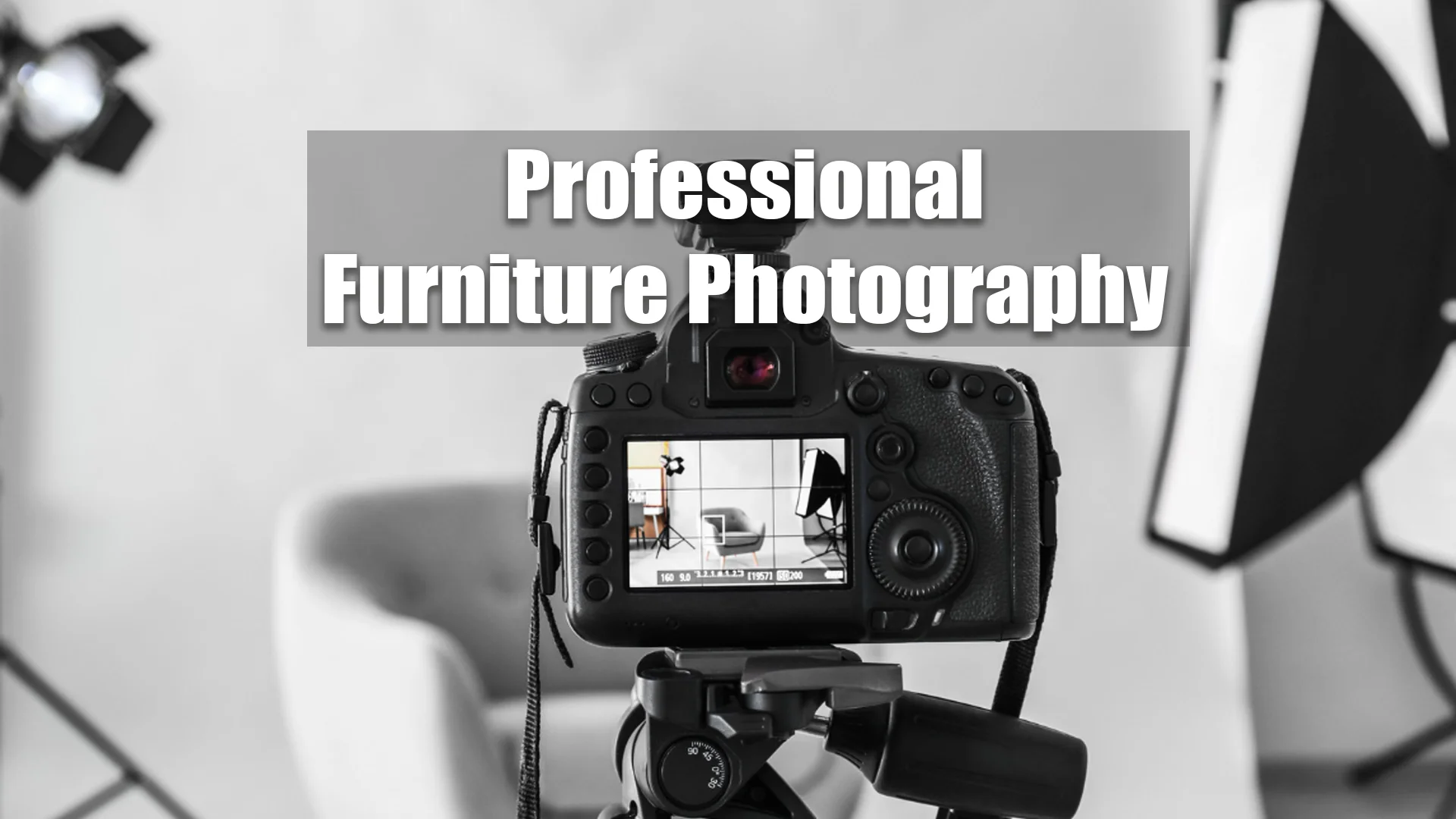Furniture visualization and photography have transformed the way furniture is presented to customers. Whether for online stores, catalogs, or marketing campaigns, the combination of realistic furniture visualization and photography techniques creates stunning images that attract buyers. In today’s digital age, furniture brands rely on high-quality visuals to engage customers and boost sales. By merging modern visualization tools with traditional photography, professionals can achieve breathtaking results that showcase furniture in the best possible way.
Understanding Furniture Visualization and Photography
Furniture visualization and photography involve creating and capturing furniture images that are both visually appealing and highly detailed. Traditional photography relies on physical furniture pieces being staged and photographed, whereas furniture visualization uses 3D rendering and digital tools to create lifelike images. When combined, these two techniques enhance the final image, making it more realistic and engaging.
Photographers and designers work together to ensure that every detail, from lighting to texture, is accurately represented. This approach helps businesses create consistent and appealing visuals that resonate with their target audience. With the increasing popularity of e-commerce and digital marketing, mastering furniture visualization and photography is essential for staying competitive.
The Importance of High-Quality Furniture Images
Furniture is a visual product, and customers rely heavily on images to make purchasing decisions. Poor-quality photos or unrealistic renders can drive potential buyers away. High-quality furniture visualization and photography provide customers with a clear and detailed view of the product, helping them make informed choices. Realistic images build trust and credibility, encouraging customers to invest in a brand.
With the right combination of lighting, composition, and rendering techniques, furniture images can evoke emotions and highlight the best features of a product. The goal is to create an image that makes the customer feel as if they are seeing the furniture in person. This is particularly important for online retailers who must bridge the gap between digital shopping and in-store experiences.
Techniques for Effective Furniture Photography
To capture high-quality furniture images, photographers use several professional techniques. Lighting is a crucial factor that enhances the details, texture, and colors of the furniture. Natural light is ideal for capturing a soft and realistic look, while studio lighting helps control shadows and highlights. The right balance ensures that the furniture appears true to life.
Composition also plays a significant role in furniture photography. The angle, perspective, and framing should highlight the furniture’s design and functionality. Close-up shots help emphasize the texture and material, while wide-angle shots provide an overall view of the piece. Using neutral backgrounds and minimal distractions keeps the focus on the furniture, making it more visually appealing.
Post-processing is another important aspect of furniture photography. Editing tools help refine colors, remove imperfections, and enhance the overall aesthetic. Retouching techniques ensure that the final image looks polished and professional, making it suitable for marketing and promotional purposes.
Enhancing Furniture Visualization with 3D Rendering
Furniture visualization takes photography to the next level by incorporating 3D rendering. This technique allows designers to create photorealistic images without the need for physical furniture. Using advanced software, designers can simulate textures, lighting, and materials to create highly accurate representations of furniture pieces.
One of the biggest advantages of 3D rendering is flexibility. Designers can experiment with different styles, colors, and settings without having to arrange a physical photoshoot. This is particularly beneficial for furniture companies that offer customization options, as they can showcase multiple variations of a product without producing physical samples.
Combining Photography and Visualization for Maximum Impact
The most effective approach to showcasing furniture is blending real photography with digital visualization. This technique combines the authenticity of photography with the versatility of 3D rendering. Photographers can capture real-world lighting and environmental details, while designers use visualization tools to enhance the image further.
For example, a furniture brand may photograph a chair in a professional studio and then use digital rendering to place it in different room settings. This method provides a seamless and realistic representation of how the furniture would look in various environments. Additionally, integrating 3D elements into real photos helps create marketing materials that stand out from the competition.
Applications of Furniture Visualization and Photography
Furniture visualization and photography are widely used in various industries. E-commerce platforms rely on high-quality images to attract online shoppers. Real estate companies use these techniques to stage homes and create visually appealing listings. Interior designers and furniture manufacturers use them to present their work and showcase new collections.
By investing in advanced visualization and photography techniques, businesses can enhance their brand image and improve customer engagement. These methods provide a cost-effective and efficient way to create professional furniture visuals without the need for expensive photoshoots.
The Future of Furniture Visualization and Photography
With the advancement of technology, furniture visualization and photography continue to evolve. Artificial intelligence (AI) and augmented reality (AR) are transforming the way furniture is presented. AI-driven tools help automate the rendering process, making it faster and more efficient. AR allows customers to visualize furniture in their own space before making a purchase.
These innovations are revolutionizing the industry, making it easier for businesses to create high-quality visuals with minimal effort. As digital marketing continues to grow, the demand for realistic and interactive furniture images will only increase. Professionals who master these techniques will have a significant advantage in the competitive market.
Conclusion
Furniture visualization and photography are essential for creating stunning and realistic furniture images. By combining traditional photography techniques with advanced 3D rendering, businesses can produce high-quality visuals that attract customers and drive sales. Lighting, composition, and post-processing play a crucial role in photography, while 3D visualization adds flexibility and realism to the final image. As technology continues to advance, integrating AI and AR into these techniques will further enhance the industry. Mastering furniture visualization and photography is a powerful way to stand out in the competitive market and create compelling images that capture the essence of furniture designs.
Frequently Asked Questions (FAQs)
What is the main advantage of combining furniture visualization and photography?
The main advantage is that it creates highly realistic and visually appealing images. Photography captures authentic details, while 3D visualization adds flexibility, allowing designers to showcase furniture in different settings without physical staging.
How does lighting affect furniture photography?
Lighting enhances the details, texture, and color of the furniture. Natural light creates a soft, realistic look, while controlled studio lighting helps refine the image by eliminating unwanted shadows and highlighting key features.
Why is 3D rendering important for furniture visualization?
3D rendering allows designers to create photorealistic images without needing physical furniture pieces. It provides flexibility in design, enabling multiple variations of a product to be showcased efficiently.
How can businesses benefit from using furniture visualization and photography?
Businesses can attract more customers, create engaging marketing materials, and improve their brand image. High-quality visuals build trust and encourage customers to make informed purchasing decisions.
What software is commonly used for 3D furniture rendering?
Popular software includes Blender, 3ds Max, SketchUp, and V-Ray. These tools help designers create detailed and realistic furniture renders with accurate textures and lighting effects.
What role does post-processing play in furniture photography?
Post-processing enhances the final image by adjusting colors, removing imperfections, and refining the overall look. It ensures that the furniture appears polished and professional, making it more appealing to potential buyers.
